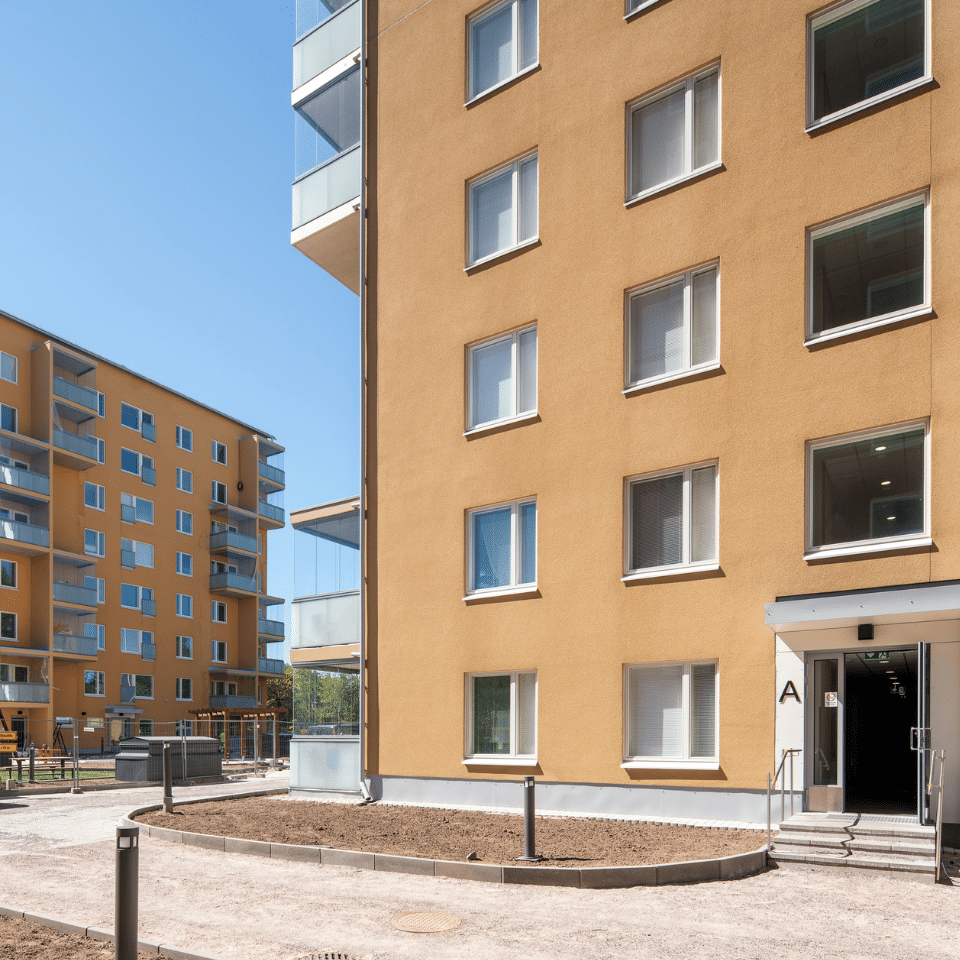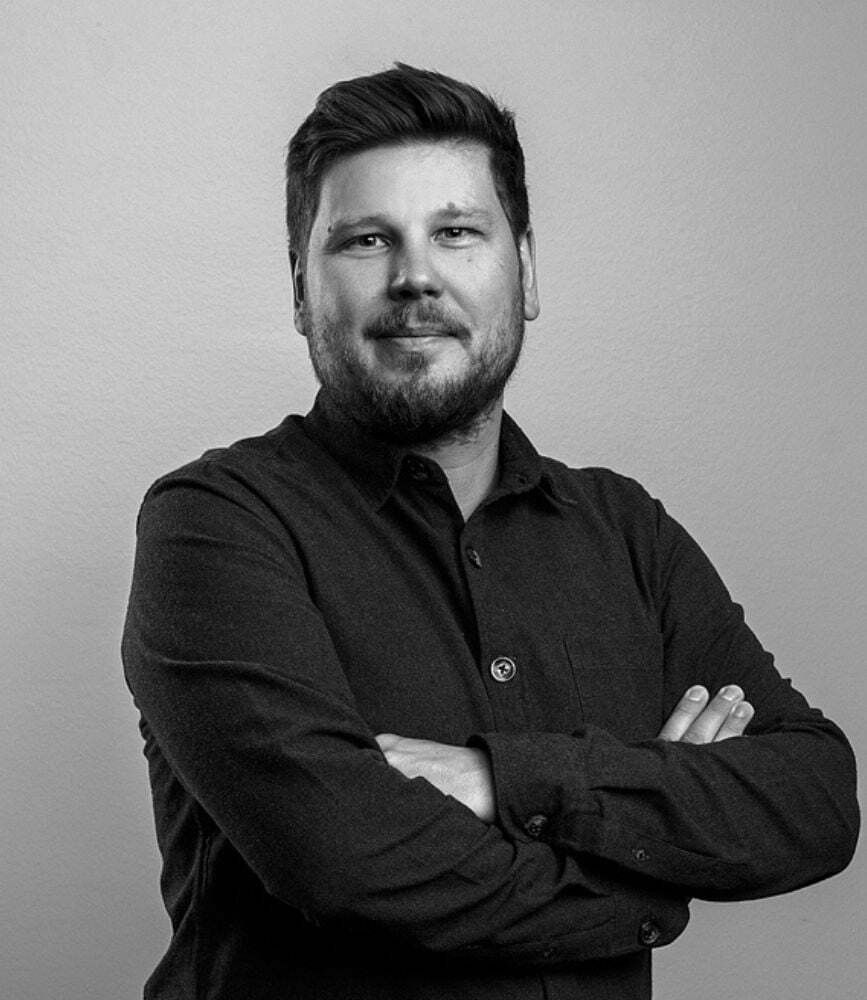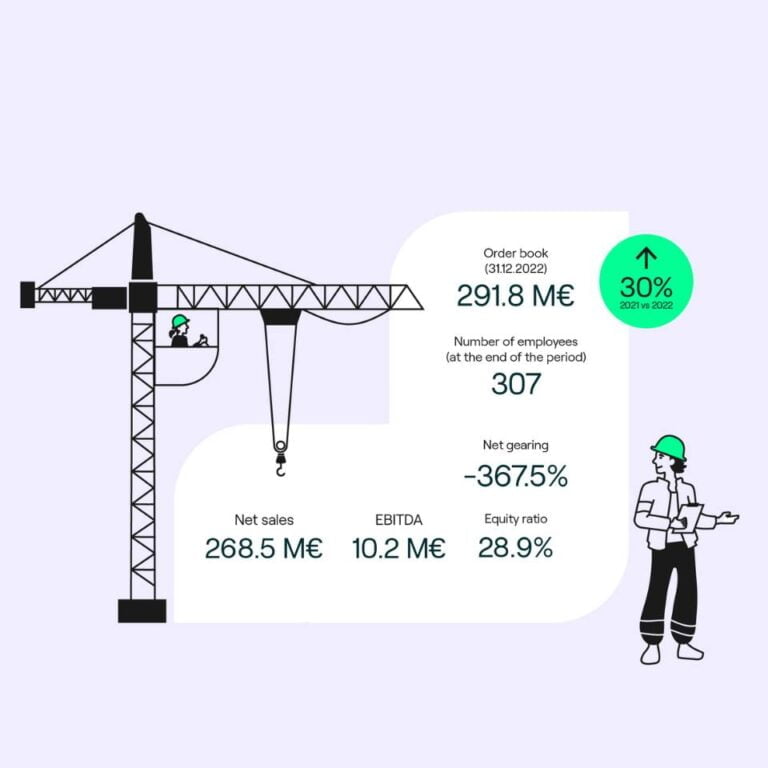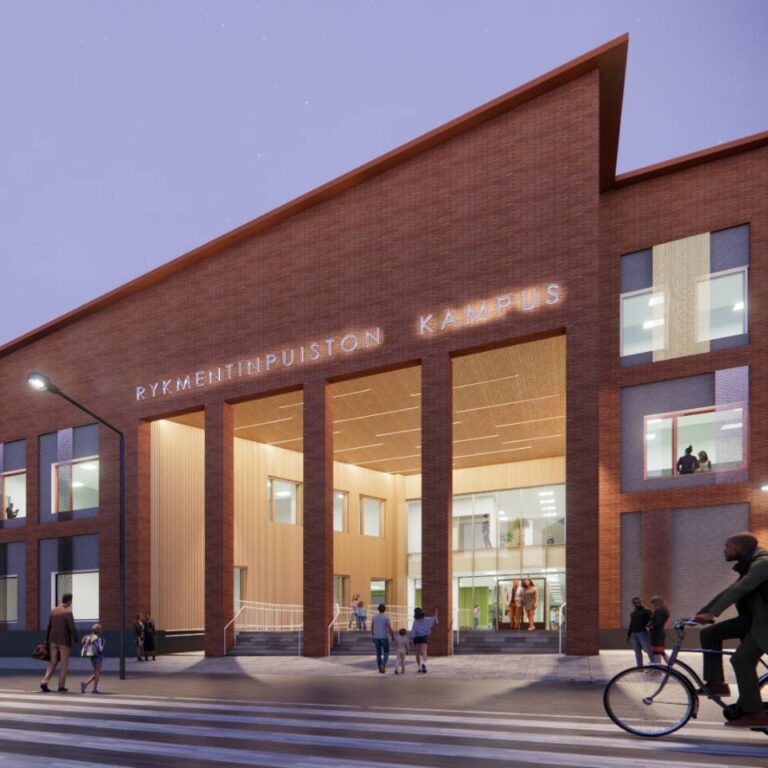The housing library increases the efficiency of project development, planning and construction

Kirjoittaja
Kategoriat
Fira is building four apartment buildings for Avara in the Suvela district of Espoo. Their implementation is based on a housing library developed by Fira. Fira has created a housing library to enhance its production of apartments, and Suvela is its first housing library site.
The housing library is an extensive information bank containing ready-to-use solutions for architectural, structural and HVACE design, and it also includes ready-made product part components. “We are developing the housing library by systematically collecting all the experience from our construction sites in a format that makes the data easily available for future projects,” says Santtu Hokkanen, Head of Planning, Residential Construction at Fira.
“The housing library is an extensive information bank that enables us to prepare drafts of new residential construction projects quickly in the project development phase, and to calculate the price of the project with an accuracy of a few per cent. This supports our customers’ decision-making and provides everyone with a realistic overview of the outcome of the project, including plans and costs,” Hokkanen continues.
“As early as in the draft planning phase, in terms of the entire construction process, the housing library provides invaluable information about how to
implement the project, from project development to construction,” Hokkanen adds. When the development phase is implemented in line with a service contract model based on Fira’s housing library, the costs of the project development phase are more than 50% lower compared with traditional project development.
The first housing library project was completed well ahead of schedule

When Fira combines the information provided by the housing library with the customer’s needs, it can be ensured that the project meets the jointly agreed quality and profitability targets. Fira uses the housing library for all new housing projects that also cover project development and planning. When project development is based on the housing library, carbon footprints can be calculated automatically, which provides valuable additional information about the environmental impacts of different solutions.
The first two residential buildings and a parking facility were completed in Suvela in January 2022, and the second part will be completed in the summer.
In total, 179 new homes are built. The housing library is also being used in the Finnoo district of Espoo, where Fira is building three apartment buildings, with a total of 113 apartments.
Less than a week per floor
The project development of an apartment building typically takes several months. Fira’s housing library considerably reduces the required time: preliminary drafts can be completed in a few days, when needed. The housing library also accelerates special design and construction. The work phases of a construction project can be implemented at a more rapid rate than in conventional projects, even as quickly as less than a week per floor. Thanks to the housing library, unnecessary work phases can be eliminated, and the work phases are implemented in exactly the same way in all projects. This also improves the quality of construction.
“We increased the pace of construction, but without creating a constant sense of urgency or the need to work around the clock. Our higher pace of completion is based on planning the construction phases carefully, which enables us to minimise the buffers for interruptions on our construction sites. We do things in the right order, getting them right the first time and eliminating traditional repair rounds, which enables us to complete projects more rapidly,” says Mikko Toppari, Site Manager in charge of the Suvela construction site.
“Increased efficiency also means that we prepare elements in advance that are easy to prefabricate, such as modular bathrooms and ventilation control rooms. This reduces the amount of work on the construction site.”
Changes in working methods improve efficiency across the construction sector
Mikko Råglund, who serves as a site manager in Suvela, among other sites, says that Fira is combining its housing library with its production train concept, which has been used on Fira’s pipe renovation sites for a longer time:
“The production train is a highly motivating way of working for site personnel. Everyone knows exactly what everyone else is doing in each phase. In addition, once the site is completed, the same team often moves to the next similar site. This means that everyone is already familiar with the ways of working, which also reduces the project completion time significantly.”
Santtu Hokkanen says that one of the major problems in the construction industry is that every project is traditionally started from scratch, which takes time and is costly for the customer, often as early as in the project development phase. In addition, in terms of design, the completed building is always a “prototype”
“Fira has a different approach: we document our experiences of building projects in our housing library, and the information is actively used in subsequent projects. Combined with our production train concept, this ensures that our entire organisation continuously benefits from we have learned earlier. Standardisation is key in increasing operational efficiency, from the product development and planning phase all the way to construction site practices and commissioning. This benefits all parties and, above all, our customers.”

A planned project utilizing the Fira housing library was completed in Suvela, Espoo

The project was completed on schedule with Fira’s modular design and housing library.
Further information

Topi Laine
Director | Residential construction
+358 400 792 492 topi.laine@fira.fi



